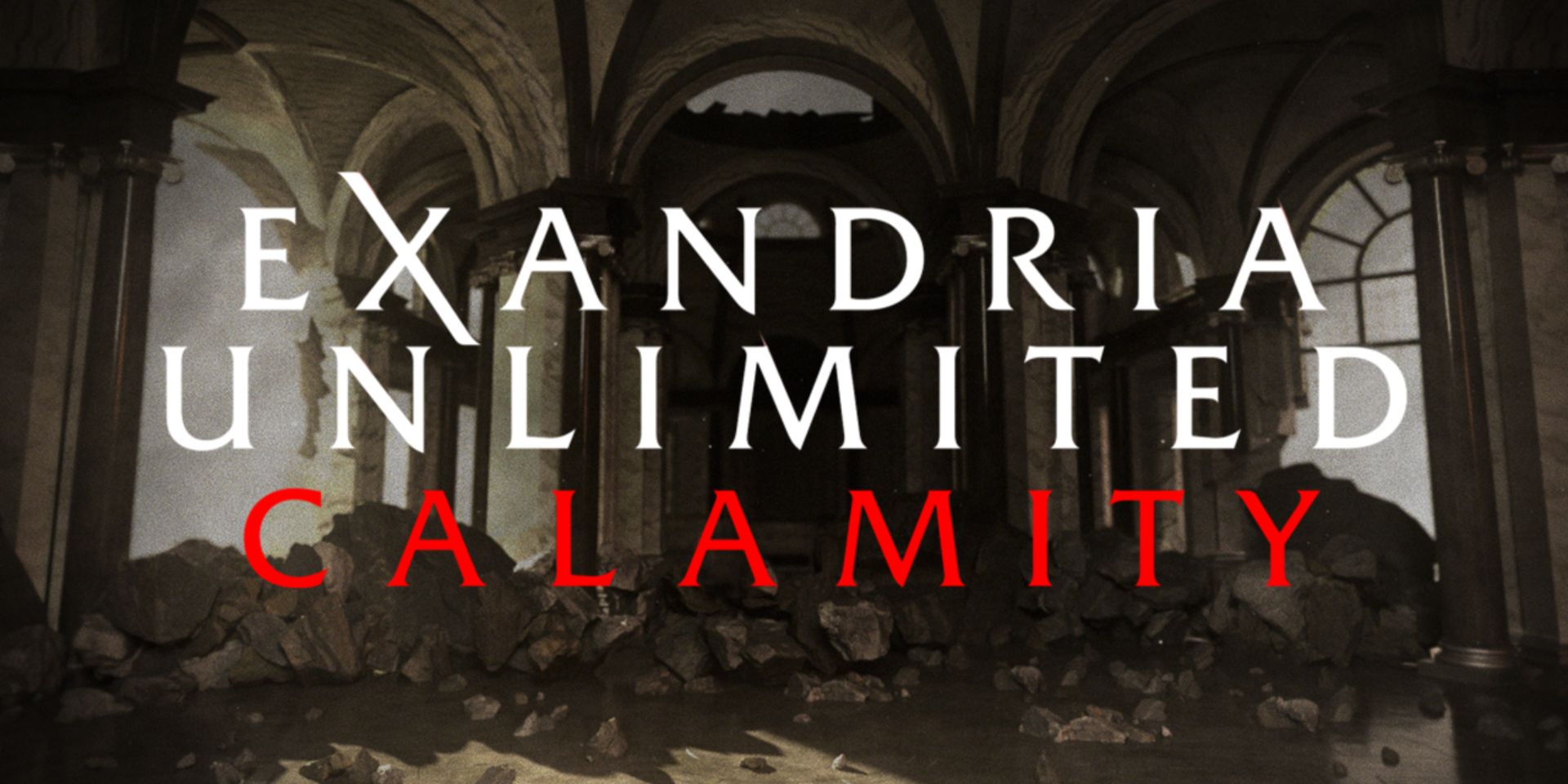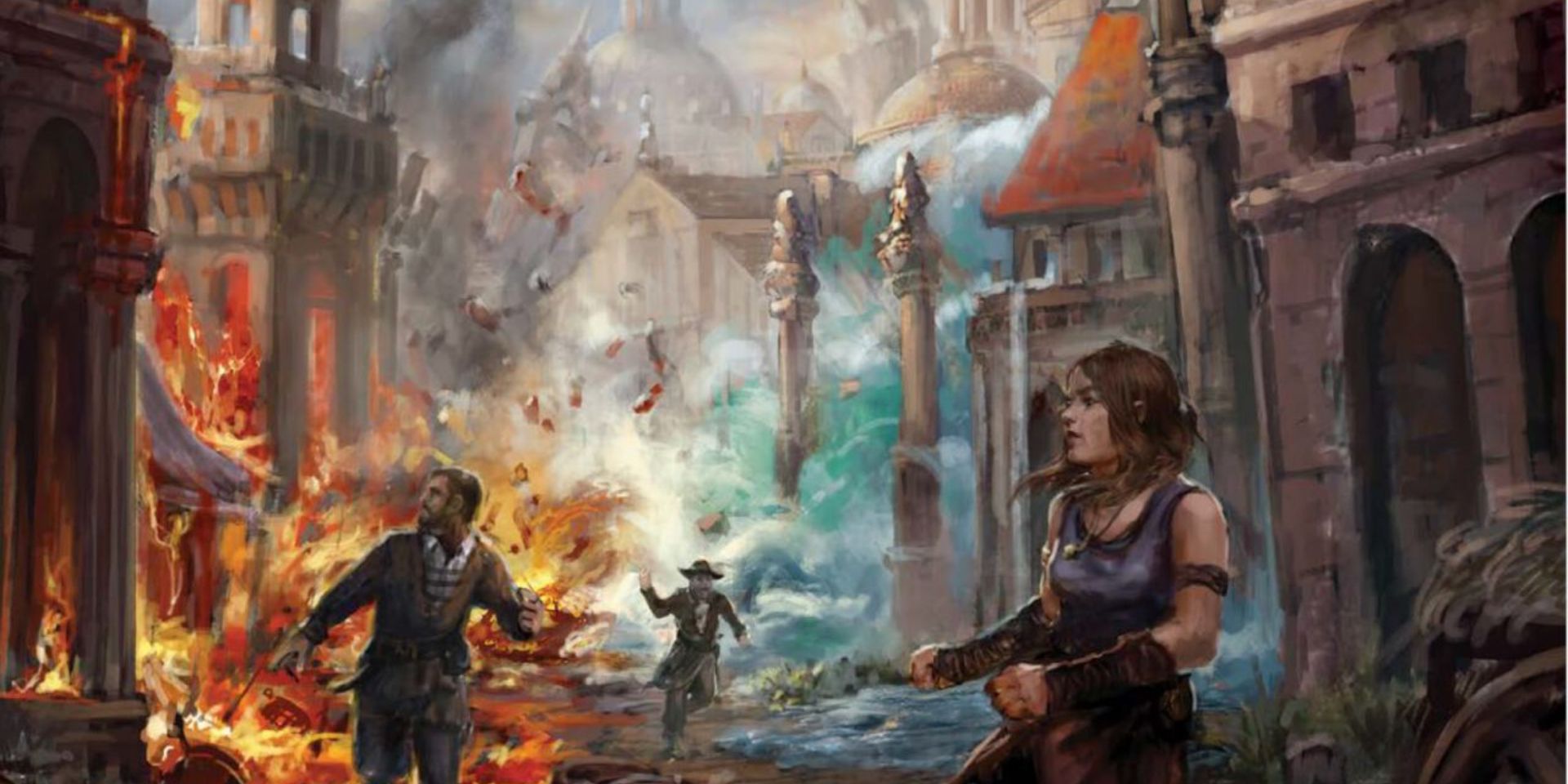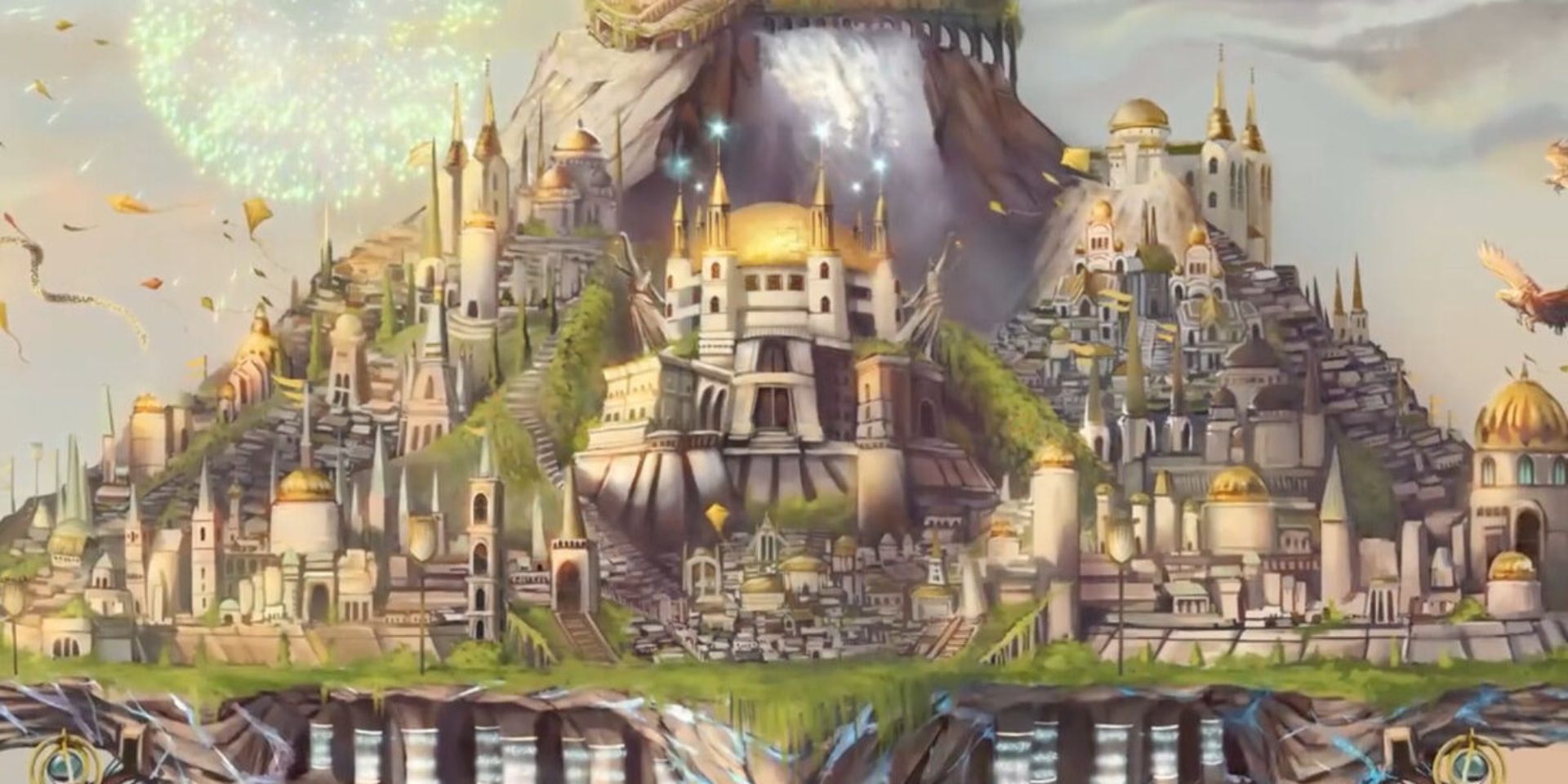From its humble origins as a live-streamed Dungeons & Dragons campaign, Critical Role has become a multi-media franchise with an animated television series adaptation, original tabletop games published by Darrington Press, and spin-off D&D mini-campaigns run by Dungeon Masters other than Matthew Mercer. The first two installments of the Exandria Unlimited Actual Play series were DMed by Aabria Iyengar and revolved around a ragtag band of adventurers called the Crown Keepers; this new upcoming installment of Exandria Unlimited will be run by Brennan Lee Mulligan and shine new light upon the apocalyptic event called the Calamity, a tragic downfall core to the backstory of the Critical Role universe.
The first season of Critical Role, crafted by Matthew Mercer as a birthday present for Liam O'Brien and his fellow voice actor friends, was first run using the Pathfinder TTRPG system before being ported over to the then recently released 5th Edition rules for Dungeons & Dragons. As a result, the setting of Exandria, the fantasy world where the Critical Role campaigns take place, blends elements from both product lines. The deities who shaped the world of Exandria are mostly modeled after the deities from the Forgotten Realm settings, plus one righteous deity inspired by a goddess from the Golarion Pathfinder setting. The Gunslinger home-brew D&D character class was heavily inspired by its Pathfinder equivalent. Most notably, the ancient godhood-seeking Lich fought at the end of Critical Role's first season was Vecna, the most infamous villain in D&D's history.
The world of Exandria is very much a classic heroic fantasy setting, with continents such as Tal'Dorei or Wildemount being populated by medieval city-states and empires separated by gaps of monster-haunted wilderness. In true fantasy RPG fashion, these wild places also happen to contain ancient ruins, tombs, and dungeons filled with traps, terrors, and magical treasures for adventuring parties to seize. Many of these ruins date back to a long-lost time called the Age Of Arcanum, where mages performed reality-altering miracles, civilizations built around magical technology thrived, and the Prime Deities walked openly among mortal-kind. Exandria Unlimited: Calamity will be about how this golden age ended in fire and destruction.
Exandria Unlimited: Calamity Will Show How The Calamity Came About
The three narrators in the trailer for Exandria Unlimited: Calamity tells viewers a lot with just a few words. From Matthew Mercer, Dungeon Master of the main Critical Role series:
"What mighty hands now turn the age's wheel
as godly grace gives way to mortal foe
our champions have fallen prey to comfort,
as dire children chase the Matron's wake."
From Aabria Iyengar, DM of previous Exandria Unlimited game sessions:
"Cities soaring, framed by ebbing stars
shake against the echoes of an old hunger
and festering wounds from schisms long since past.
"Surely, they knew," a distant future reckons.
"Surely they heard the howl of the Calamity?"
How could they?"
And from Brennan Lee Mulligan, Dungeon Master of the Dimension 20 Actual Play series and DM for the new Exandria Unlimited: Calamity mini-series:
"The wheel must always spin
Its gilded fulcrum rotting from within."
The video can be viewed below:
These three blank verse narrations - combined with images of flying cities, gold-domed towers, sinister-looking mages, and crowds fleeing from destruction - effectively conveys the essence of the Age of Arcanum so essential to the Exandria setting of Critical Role. Without being inundated with lectures about made-up history, viewers quickly grasp that the Age of Arcanum was a time of prosperity and miracles, a world where flying cities, constructed servants, and other techno-magical "Dungeonpunk" fantasy genre marvels were commonplace sights. Viewers also realize this golden age, much like other golden ages, is doomed to end in disaster, brought down through a mixture of complacency and the hubris of powerful mages who wished to become gods.
Over the course of the four-part Exandria: Unlimited: Calamity campaign, players, newcomers, and long-time Critical Role fans will likely get a first-hand view of what the Calamity was like for those who lived (and didn't live) through it. It can also explain how an unnamed woman defeated the God of Death, claimed his power for herself, and became the benevolent death goddess called the Raven Queen, or Matron of Death, and how proof mortals could ascend to divinity sparked an hunger for power among the already powerful. Other highlights could be explaining how an ambitious archmage named Vespin Chloras, seeking his own path to godhood, unsealed the Betrayer Gods from their ancient prison, and how the Prime Deities and their allies fought to seal the Betrayer Gods back into their gaol, a conflict that reshaped the land of Exandria and destroyed two-thirds of the world's population.
Exandria Unlimited: Calamity Will Show Fans What Life In The Age Of Arcanum Was Like
When the first episode of Exandria Unlimited: Calamity premieres on May 26 of this year, viewers will be introduced to the campaign's player characters, portrayed by Sam Riegel, Lou Wilson, Marisha Ray, Luis Carazo, Aabria Iyengar, and Travis Willingham. According to the Critical Role website, each player will portray heroes of the Age of Arcanum who uncover an "insidious corruption" in the city they've sworn to protect and fight with everything they've got to prevent a Calamity doomed to happen.
Aside from delving into the apocalyptic spectacle and tragic loss of the Calamity, Exandria Unlimited: Calamity is also a space where Matthew Mercer and Brennan Lee Mulligan can reveal what everyday life was like in the Age of Arcanum - the diverse cultures of this time, the magical technologies mundane citizens had access to, the municipal challenges of living in an maintaining a flying city, and so on. This new Exandria Unlimited mini-series might also be able to explore interesting questions regarding faith and religion; when a god or goddess can freely appear within a town market and buy some fruit from a stall, how does that affection organized religion? Does easy access to the gods strengthen piety, or instead evoke indifference and envy? Exploring details and themes like these will add verisimilitude to the world-building of the Critical Role game setting while also making the destructive events in Exandria Unlimited: Calamity all the more tragic for viewers.
Source: Critical Role



